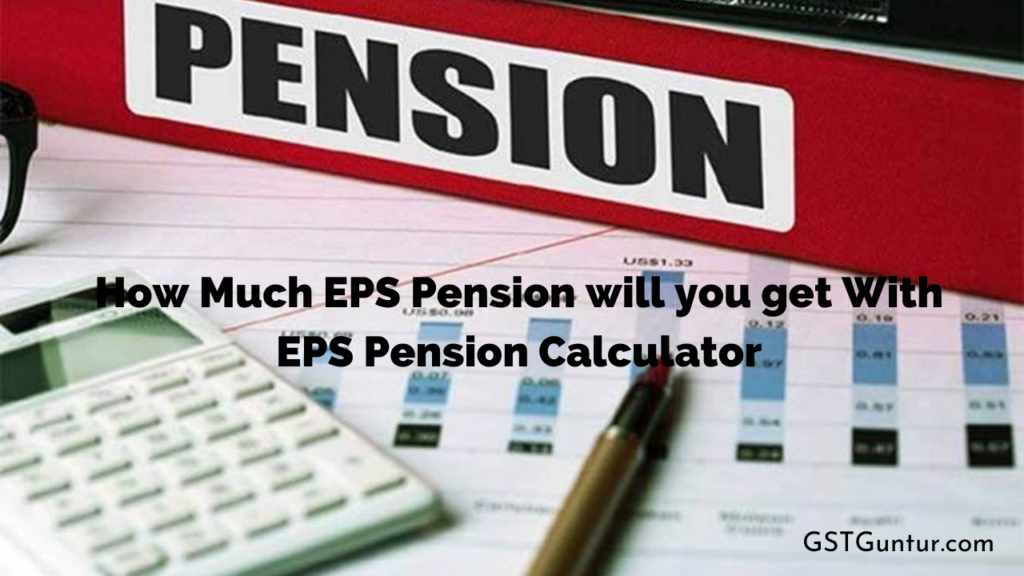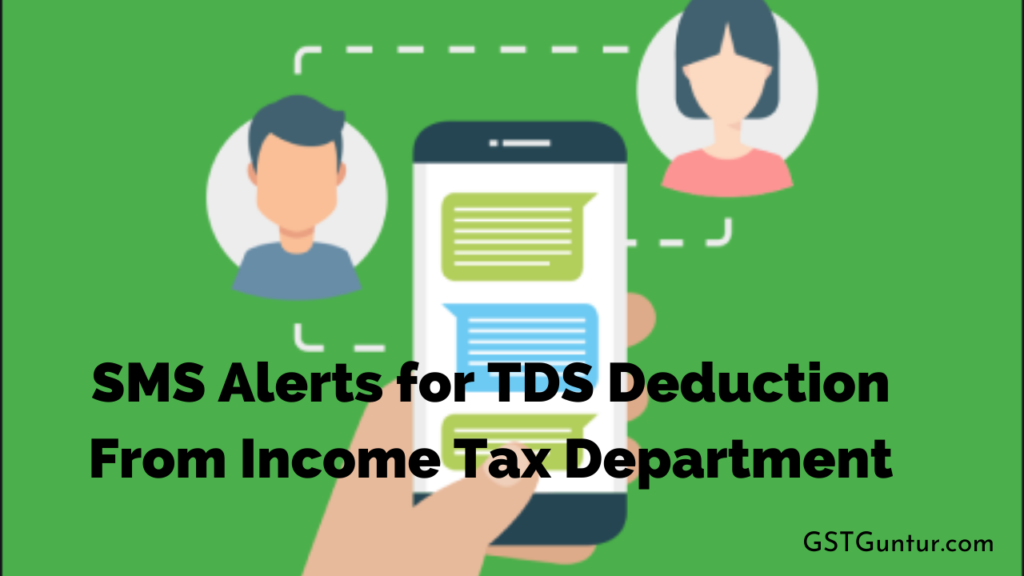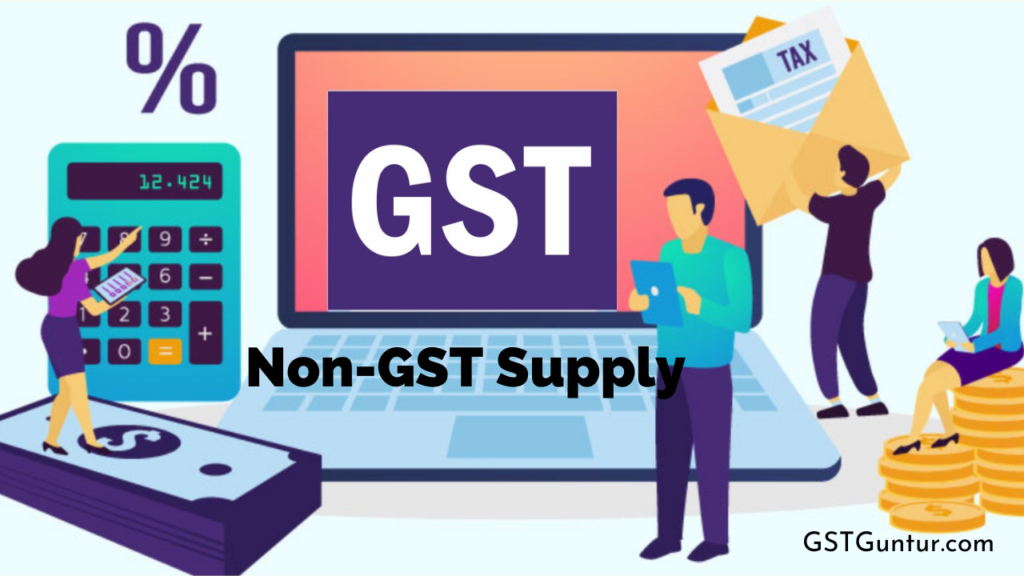Fair Market Value | Capital Gain Calculations for Property Purchased Before 2001
Fair Market Value and CII: For assets sold after April 1, 2017, the cost inflation index numbers available from the financial year 2001-2002 must be used to measure the long-term capital gain on the selling of land. Many people who have bought or inherited property before 2001 wonder how to calculate the indexed cost of acquisition. The adjustment in the CII base year from 1981 to 2001 would have a significant impact on the property’s final capital gains number. If the property was purchased before April 1, 2001, the original owner must determine the property’s fair market value as of April 1, 2001, before selling it.
This article discusses what Fair Market Value is, how to calculate it, why the base year was adjusted from 1981 to 2001, and how it affects tax savings on assets acquired before 2001. It then goes on to discuss Registered Valuers and how they calculate FMV.
Fair Market Value
From the financial year 2016 to 2018, the changes in the measurement of long-term capital gains for the property are as follows:
- The holding period to apply for long-term gains has been shortened from three to two years.
- From 1981 to 2001, the base year for calculating indexed cost has been updated.
For properties purchased before April 1, 2001, the most recent cost inflation figures began on April 1, 2001, one must first determine the property’s Fair Market Value (FMV) as of April 1, 2001.
FMV responds to the question, “How much will a property purchased in 1997 be worth on April 1, 2001?” If the assessing officer (AO) has a different opinion or uncertainty about the stated value, calculating the capital gain based on any arbitrary FMV can get an assessee in trouble.
When you want to buy a property or need it for Sale and Purchase, Refinancing, Legal purposes, Loan intent, Stamp duty collection, Portfolio Management, Family Law/Matrimonial, or Market Valuation, you’ll need Fair Market Value or FMV. FMV aids in determining the reasonable purchase price. It protects you from overcharging. You get actual value for your money. Consider a different scenario if you’re looking for a home loan. You will be unable to obtain a loan from a bank if the property is not accurately priced.
According to the 2009 Income Tax Guidelines for Immovable Assets
Market value is the amount that a willing buyer will pay a willing seller for a property, taking into account all of the property’s current conditions, as well as all of its existing advantages and future possibilities when set out most advantageously.
According to the valuation officer, fair market value is the approximate price that any asset will fetch if sold in the open market on the valuation date.
The terms “Market Value” and “Fair Market Value” are interchangeable, with the exception that “Fair” adds a hypothetical market feature. The phrase “if sold” does not refer to actual sales or market conditions. The term “open market” does not refer to a strictly hypothetical market that is not subject to legal restrictions. The fair market value does not include sentimental value, brokerage, stamp duty, commission, and other costs that may impact the selling transaction.
What is Fair Market Value, and How to Calculate it?
According to the Income-tax Act of 1961, the FMV of a property is the greater of the cost of purchase or the price that the property would typically sell for if sold on the open market. There is no set formula for calculating a property’s FMV. The strategies for calculating FMV are outlined below. Keep in mind that Fair Market Value must be genuinely fair!
- Find out the average selling price of similar properties that sold in the same neighborhood in 2001.
- It’s a very rudimentary form of estimation. It may or may not provide you with accurate data. Given that real estate is heterogeneous.
- market in which properties can differ significantly even within the same neighborhood, determining the FMV of a specific apartment or house, particularly for a date many years ago, is difficult.
- Take a look at the circle rates and the Guidance Value. The minimum cost of property prescribed for a specific region is referred to as “circle prices.” The state government or the local development authority set the circle prices. It becomes a benchmark for calculating stamp duty and registration fees. The authorities adjust the rates regularly to keep up with changing circumstances.
- The circle rate usually is less than the current market value.
- In Bihar, the definition of circle rates was introduced in 1999. It was adopted in other cities, such as Delhi, in 2007.
- Real estate indices, such as the National Housing Bank’s (NHB’s) Residex, and two Reserve Bank of India (RBI) indices—Housing Price Index (HPI) and Residential Property Price Index (RPPI), can also be considered. These indices provide insight into current price patterns in different cities. The indices are updated quarterly using transaction data from the revenue department. However, the usefulness of these indices is minimal.
- Use the services of a licenced appraiser. It is highly recommended.
- Valuers that have been licenced by the government follow a standard procedure and provide a comprehensive report.
- They measure the property’s actual value in exchange for a small charge. They usually consider things like the property’s dimensions, whether it’s freehold or leasehold, restrictive covenants (if any), and whether it’s insured or not.
- The income tax department will consider the value reported in the valuation report from a registered valuer in the event of an inquiry.
What was the Reasoning Bhind Changing the Base year from 1981 to 2001?
The previous year used as a baseline was 1981.
- The determination of this fair value has been difficult because it is based on a timeline that spans more than three decades.
- As opposed to the CII or inflation, property prices increased faster between 1981 and 2001.
The owners of properties acquired before 2001 would benefit from substantial tax savings, which are summarised below.
Example of Long-Term Capital Gains Calculation for Property Purchased Before 2001
Let’s say you purchased a house for 1 lakh in 1975 and sold it for 1.5 crores in 2017. Fair Market would be about 2.31 lakhs in 1981, and its indexed cost would be 26,02,193; in 2001, it would be 37.85 lakhs, and its indexed cost would be 99,97,389. Moving the base year from 1981 to 2001 saves more than 15 lakhs in capital gains revenue.
| Description | 1981 | 2001 |
| Fair Market Value | 2,31,306 | 37,85,678 |
| Acquisition’s Indexed Cost | 26,02,193 | 99,97,389 |
| Selling price | 1,50,00,000 | 1,50,00,000 |
| Long Term Capital Gains in INR | 1,23,97,807 | 50,02,611 |
| Long Term Capital Gain Tax (20.6%) | 25,53,948 | 10,30,538 |
Determine FMV or Property’s Fair Market Value using Registered Valuer
It is advisable to have the property appraised by a licenced appraiser. The income tax department will not accept any assumptions to determine worth. In the event of a query, the department will take the value reported in the valuation report from a registered valuer into account. A valuer usually spends 3 to 4 days preparing a valuation report.
Valuers that have been licenced by the government follow a standard procedure and provide a comprehensive report. A valuer considers the area and dimensions of the property, whether it is freehold or leasehold, whether there is any restrictive covenant about the use of the property, protection of the land and property, and whether the land falls under any government development plan when determining the FMV of a property.
To act as a recognised valuer of the income tax department, a valuer must be registered under section 34AB of the Wealth Tax Act, 1957. The department issues each valuer with a licence to work as a valuer. The Act also specifies the fees that a valuer can charge, determined by the asset’s value. For example,
- a fee of 0.50 percent of the asset value will be charged for the first Rs5 lakh.
- It will be 0.20 percent for the next Rs10 lakh
- 0.10 percent for the next Rs40 lakh,
- 0.05 percent further.
If the Income Tax Assessing Officer (AO) has any questions about the study, the valuer must respond, and if necessary, the valuer can also visit the AO for clarification.
The valuation report and all other records related to capital gains should be held for at least eight years after the applicable assessment year.
Finding Registered Valuers
Typically, it’s by word of mouth or a Google search. Many firms, such as governmentapprovedvaluers.com in Delhi and ZippServ in Bangalore and Pune, provide this service.
Below is an excerpt from a sample report of a property valuation. This is an excerpt from a ZippServ sample article.












